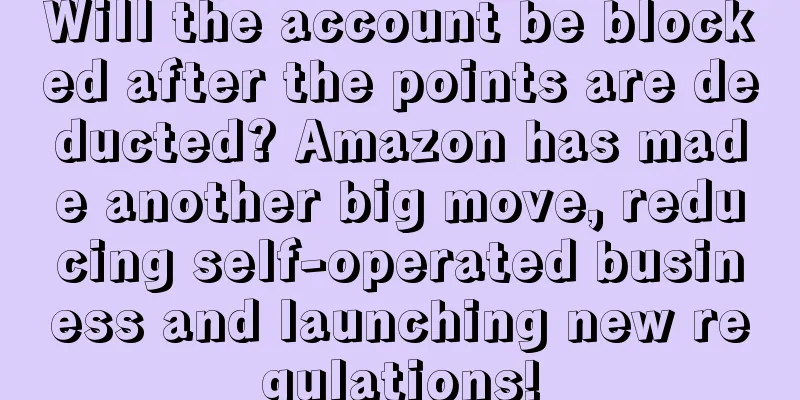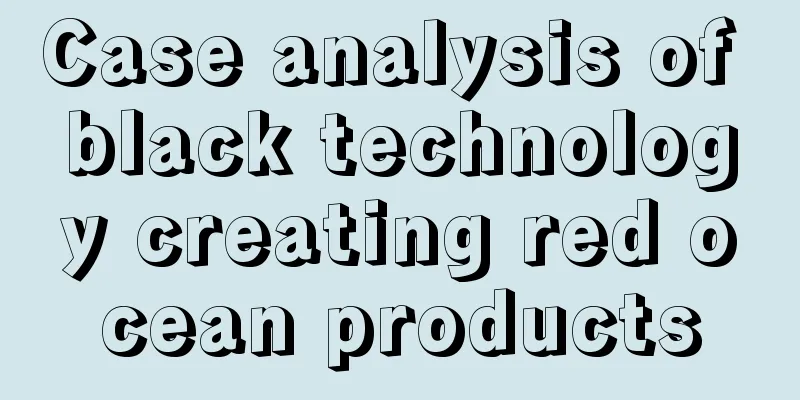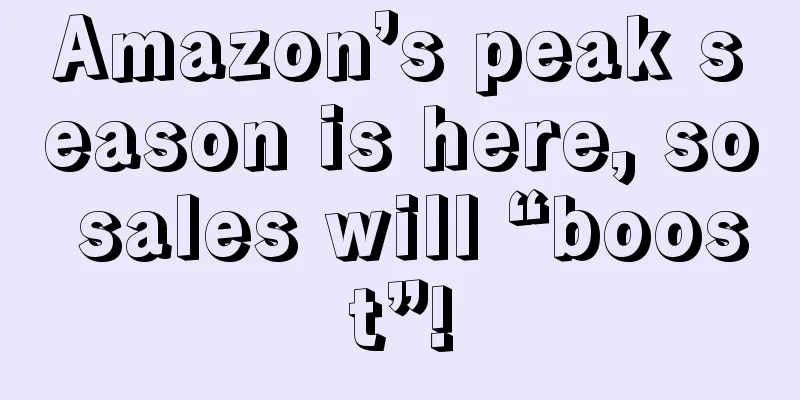Amazon is about to charge for this service! Will it be more beneficial to sellers?

|
Recently, a number of sellers have received official emails from Amazon, informing them that the free testing period for the Vine program will end next month, and that each newly registered product will be charged $200! In fact, this notice was sent to some sellers last month, and it has only been notified to sellers on a larger scale recently. It seems that the Vine charges that everyone has been concerned about are finally going to be implemented. Amazon said in the notice that reviews from Vine have helped sellers increase their sales by an average of 19.6%. In order to ensure the vitality and sustainability (profitability) of the Vine program, Vine will charge a fee of $200 for each newly registered product starting October 12, 2021. The charging model is the same as the Early Reviewer Program. The fee starts 7 days after the first review comes through the Vine Program. It is $200 per registered product and is non-refundable once the fee is paid. This means that if there are no Vine reviews by the end of the program (usually one year after registration), Amazon will not charge you. And unlike the Early Reviewer Program, if the first Vine review comes after 90 days of product registration, there will also be no charge. However, this does not mean that there will be a lot of reviews within a year. When Vine was decentralized, Amazon's policy stated that Vine can currently only be registered by products with less than 30 reviews . If the total number of reviews of a registered product exceeds 30 during the validity period of Vine (regardless of whether they are Vine green-label reviews), the product will automatically cancel the Vine plan. Products registered for the program before Vine officially started charging (October 12th) can still be used for free, and based on the feedback I collected from our seller base, Vine is likely to have undergone favorable changes! Is charging Vine a good thing? Although the threshold for the Vine program is not high after decentralization, basically any brand registered seller can participate. However, Vine test users generally have high requirements for products. If the quality is not up to standard, it is easy to get a 2-3 star bad review. In addition, because Vine's bad review weight is very high, if a bad review comes, it will have a huge impact on the overall traffic of the product. In addition, Vine orders will not display user information, and it is basically impossible to contact consumers, so there is no way to operate. Therefore, if you want to participate in the Vine program, you must ensure the quality of the product. After Amazon announced last month that Vine would be charged, the overall effect of the Vine program seemed to start to improve. Not only are reviews coming in faster than before, but products that had been unpopular for a long time are now receiving frequent orders for testing, and even the chances of receiving positive reviews are a bit higher. In fact, the reasoning here is very direct. It is difficult to accept that Vine has changed from a paid project to a paid one, and the cost of a product of $200 is not low. If the effect does not change, the seller will spend money and face the risk of bad reviews or only one or two reviews. No effect or even counter-effect will definitely discourage a large number of sellers. Therefore, it is natural for Amazon to secretly adjust Vine to let sellers taste some sweetness. It seems that if Amazon can keep the reviews coming in quickly and keeping the ratings high, charging for Vine is not necessarily a bad thing. Many people are willing to pay money in exchange for positive reviews. In order to allow more sellers to accept this paid service, Vine is expected to make some changes behind the scenes before officially charging. Generally, this cannot be seen from the background policies and can only be obtained from real seller feedback. |
<<: Amazon's internal corruption exposed! Paying sellers to attack rivals
Recommend
What is Rakuten Express? Rakuten Express Review
Lotte Express (Shanghai Lotte Express Co., Ltd.) w...
Amazon will completely remove such products from its shelves in January next year!
Different from the domestic consumption concept, ...
What is TweetDeck? TweetDeck Review
TweetDeck is a Twitter client based on Adobe AIR t...
How can we make a good listing to maximize the effect of off-site orders?
As an off-site service provider team, the question...
Generate a listing with just one picture! Amazon's generative AI has been significantly upgraded!
text Amazon launches generative AI listing feature...
What is Haiwei Cross-border? Haiwei Cross-border Review
Shenzhen Haiwei Cross-border E-commerce Consulting...
What are claims? Claim evaluation
Claims refer to the part of a patent or patent app...
What is Fressnapf? Fressnapf Review
Fressnapf is one of the leaders in the European pe...
What is 51 Delivery? 51 Delivery Review
"51-delivery" cross-border e-commerce lo...
What is CIMA? CIMA Review
CIMA (The Chartered Institute of Management Accoun...
Does TikTok have the potential to change the e-commerce landscape and challenge Amazon's dominance?
TikTok will set the tone for the next phase of e-c...
How much is your average monthly salary as an Amazon operator? Is this line of work promising?
text Source: Zhihu Let's update Monthly salar...
What is ppbyb? ppbyb review
PayPal is an international logistics solution laun...
What is Copyleaks? Copyleaks Review
Copyleaks mainly provides content originality dete...
2023 US Online Clothing Shopping Trends! More than 70% of Consumers Choose Amazon!
Digital Commerce 360 and Bizrate Insights survey...









